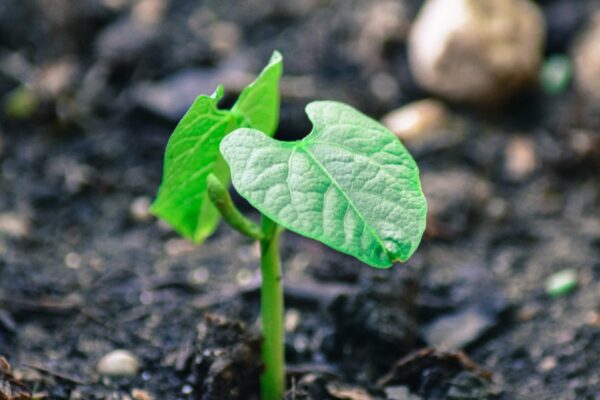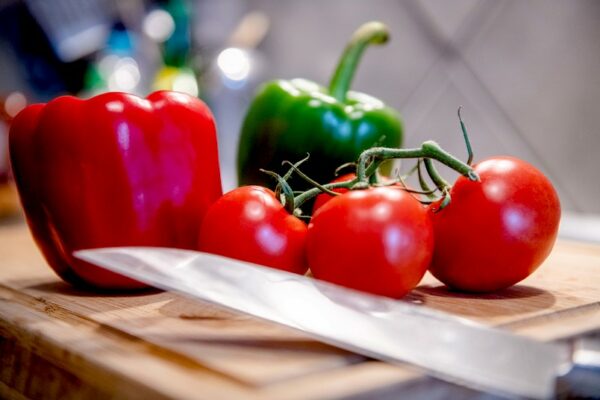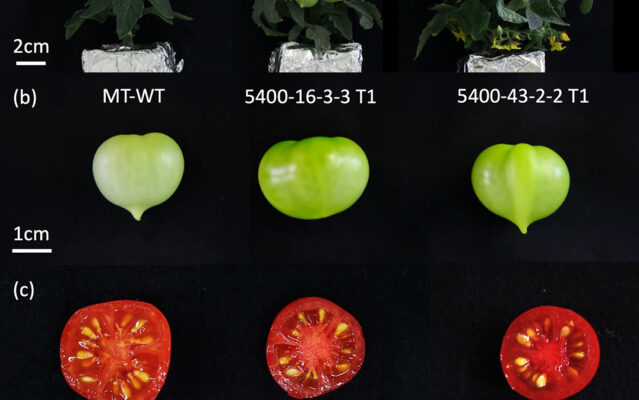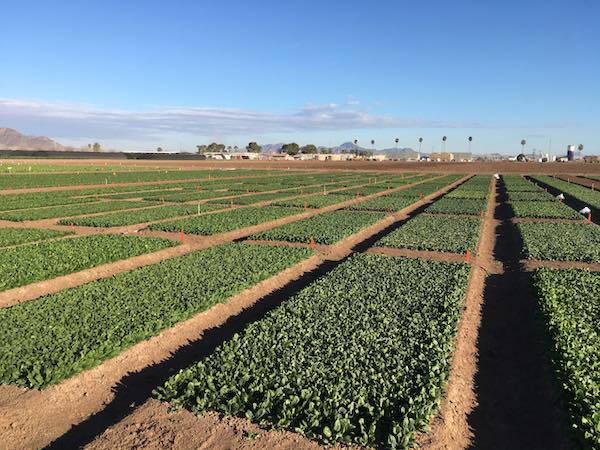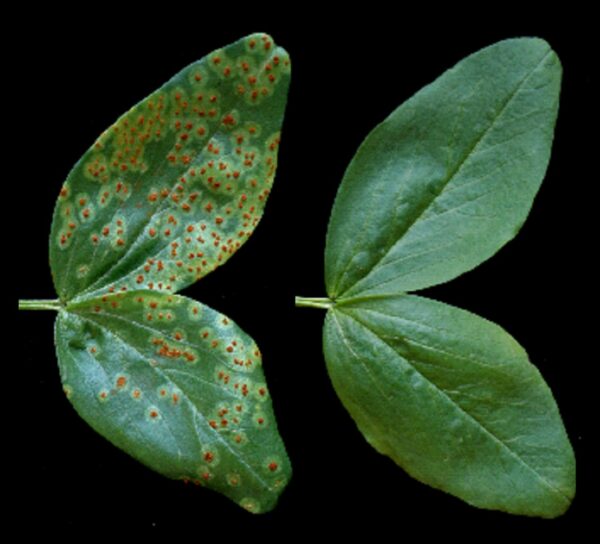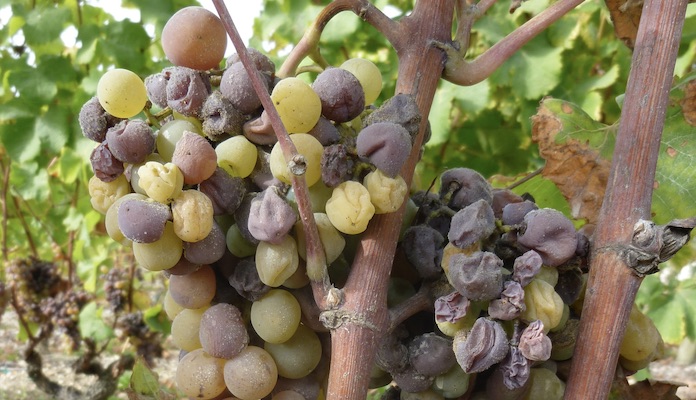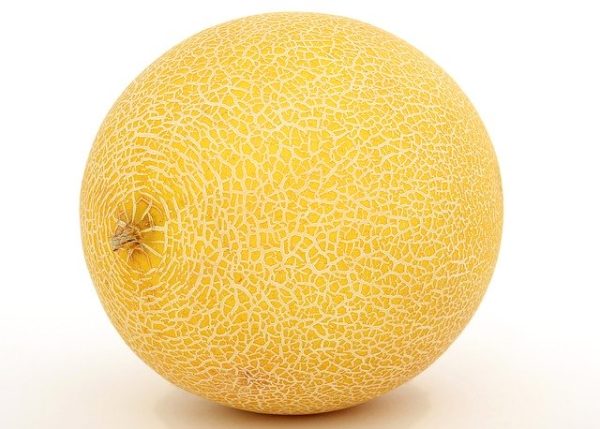
In the strawberry nursery industry, a nursery’s reputation relies on their ability to produce disease- and insect-free plants. The best way to produce clean plants is to start with clean planting stock. Many nurseries struggle with angular leaf spot of strawberry, a serious disease that can result in severe losses either by directly damaging the plant or indirectly through a violation of quarantine standards within the industry.


